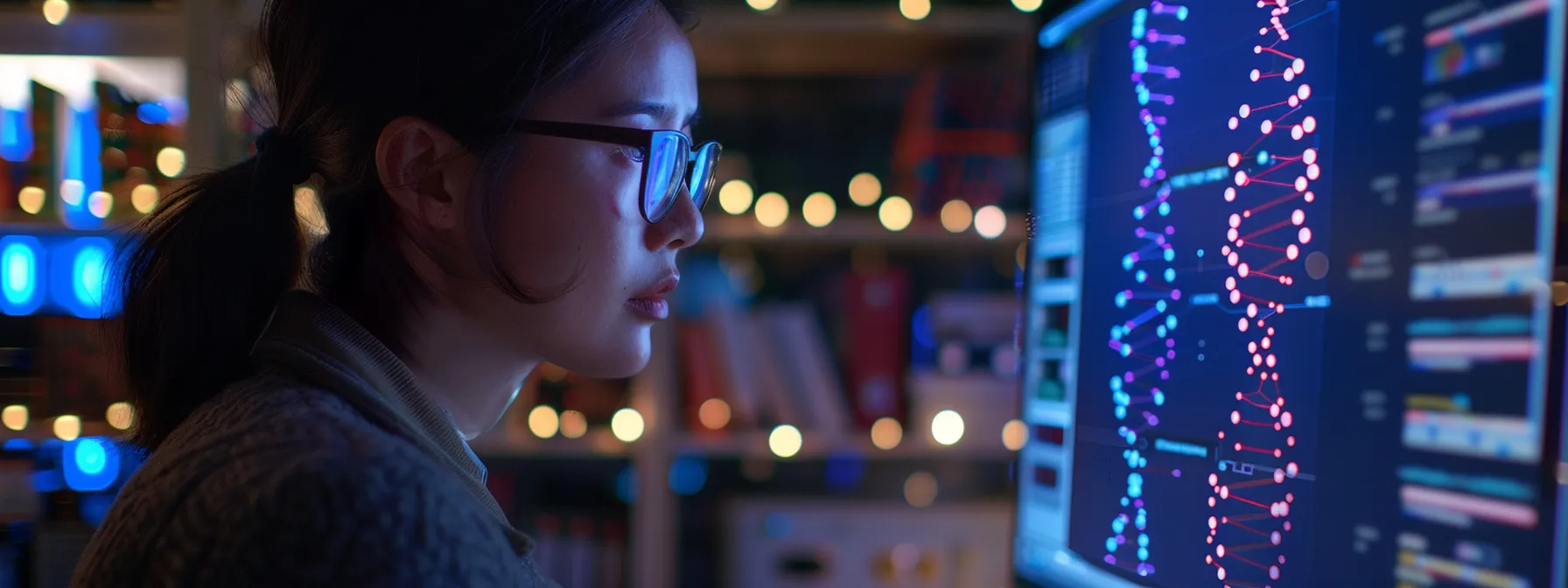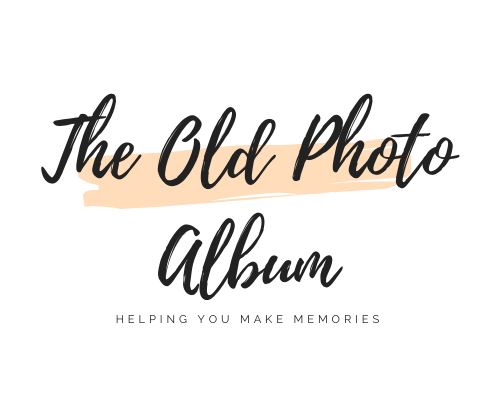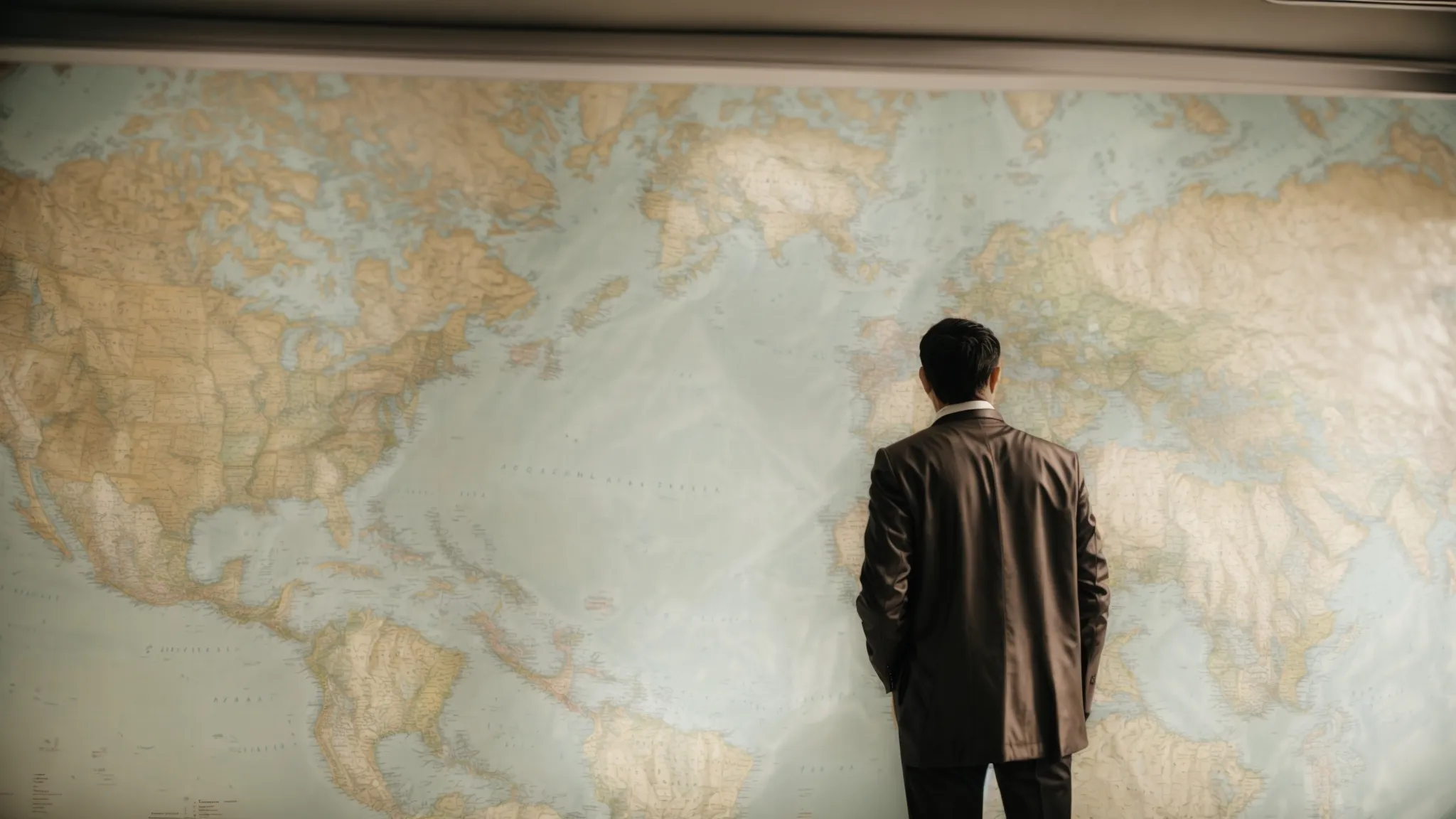Unlocking Your Ancestry: A Journey Into Genetic Heritage
The quest to uncover one’s ancestry has become more than a mere hobby—it’s a pursuit deeply embedded in our desire to understand where we come from. This journey into genetic heritage offers insights into our family histories, cultural backgrounds, and the fabric that weaves our biological identities. With the advancements in DNA technology, it’s now possible to trace lineage with a simple test, offering a window into the generations that preceded us. This exploration not only satisfies curiosity but also has the power to unite families and bridge connections to the past. Below, we delve into the nuances of genetic ancestry and what it reveals about our collective histories.
Interpreting Your Ancestry DNA Results and Next Steps

Once you receive your DNA results, the real journey begins. Interpretation often brings a mix of confirmations, surprises, and, occasionally, more questions. It’s important to view these results within the broader context of genetics, understanding that they represent an estimate of your ancestral origins, not an absolute.
Your DNA results may reveal percentages broken down by region, trace genetic percentages that hint at unexpected ancestry, or connections to potential relatives who have also taken the test. This information can be overwhelming; thus, many companies provide educational resources to help make sense of your heritage puzzle.
Some individuals seek an even more nuanced understanding of their heritage and may choose to upload DNA to additional databases or engage the services of professional genealogists. These experts can help navigate complex historical records and provide insights into the familial connections brought to light by DNA results.
Exploring the Science Behind Ancestry DNA Testing
Ancestry DNA tests work by comparing your genetic markers to those from populations around the world. This comparison can reveal the geographic regions from which your ancestors hailed, often going back multiple generations. These tests tap into the global genetic databases that have been amassed through extensive research and contributions from diverse ethnic groups.
The science of genetic testing has its foundation in the understanding that certain genetic sequences are characteristic of specific populations. Mitochondrial DNA, passed from mothers to their children, and Y-chromosomal DNA, passed from fathers to their sons, play significant roles in tracing maternal and paternal lineages, respectively. These unique sequences act as breadcrumbs leading back through time.
While the science is robust, it’s also evolving. As more people test their DNA and upload it to databases, the resolution of ancestral maps sharpens. This collective contribution refines the accuracy of ancestry tests, making them increasingly valuable tools for uncovering our past. Technologies such as next-generation sequencing are revolutionizing how we interpret vast arrays of genetic data.
How to Choose the Right Ancestry DNA Test for Your Heritage Quest

Embarking on the quest for your heritage begins with selecting the right DNA test. It’s important to consider what you hope to discover: Are you looking for broad geographic ancestry, specific ethnic percentages, or connections to living relatives? Different tests offer varying levels of detail and areas of focus.
Leading companies in the field typically offer autosomal DNA testing, which provides a comprehensive overview of your ethnic makeup across both maternal and paternal lines. Some tests, however, specialize in maternal and paternal lineage with mitochondrial and Y-chromosome analysis, geared towards deeper ancestral journeys in direct lines.
Connecting the Dots: Ancestry Results and Building Your Family Tree
The excitement of diving into ancestry results is complemented by the rewarding process of building a family tree. With DNA data as a foundation, you can begin to piece together the relationships and stories that form the branches of your tree. This visual representation not only makes the information accessible but also celebrates the lineage that has culminated in you.
Online genealogy platforms often offer tools to construct and share your family tree. These can be collaborative spaces where relatives, near and far, can contribute anecdotes, photos, and documents. Each piece of evidence added weaves a richer tapestry of your family’s history, turning abstract DNA percentages into tangible narratives.
Overall, tracing your ancestry through DNA testing is a deeply personal journey that balances science with storytelling. It bridges the past with the present, providing insight into who we are and how we fit into the tapestry of human history. While this exploration can raise as many questions as it answers, it ultimately enriches our understanding of ourselves and our place in the broader human family. Whether driven by curiosity, the desire for connection, or the search for identity, unlocking your genetic heritage is a quest well worth undertaking.

